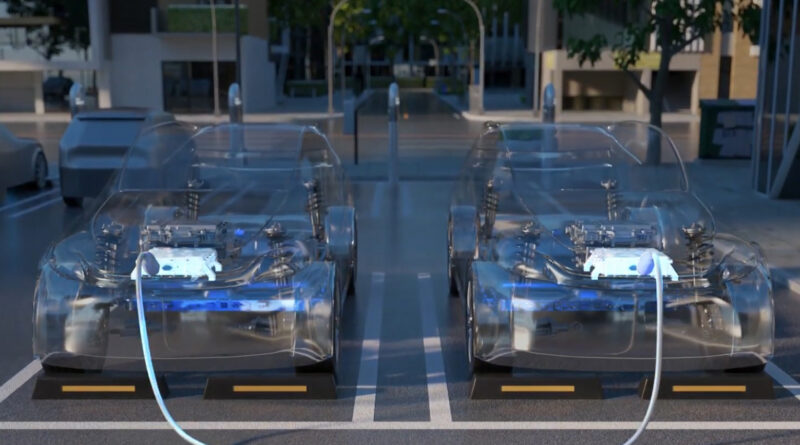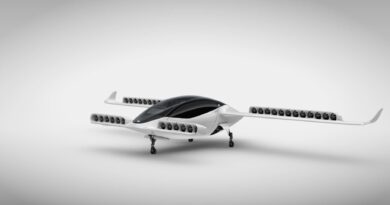V2V tech coming: Electric cars to provide EV top-up charges
Electric cars will soon be able to provide top-up charges to other EVs.
As car makers such as Nissan rush to introduce vehicle-to-grid (V2G) charging in Australia, a race is also on to implement vehicle-to-vehicle (V2V) electric car charging.
In revealing its Air EV, Lucid Motors confirmed the Tesla-fighting luxury electric car would have the ability to charge other EVs.
Want the latest EV news and reviews delivered to your inbox? Subscribe to our weekly newsletter!
Details were scant regarding the V2V charging functionality, with Lucid claiming the Air has “full bi-directionality for advanced vehicle-to-everything (V2X) capabilities built-in for future enablement of vehicle-to-grid (V2G) and vehicle-to-vehicle (V2V) features”.
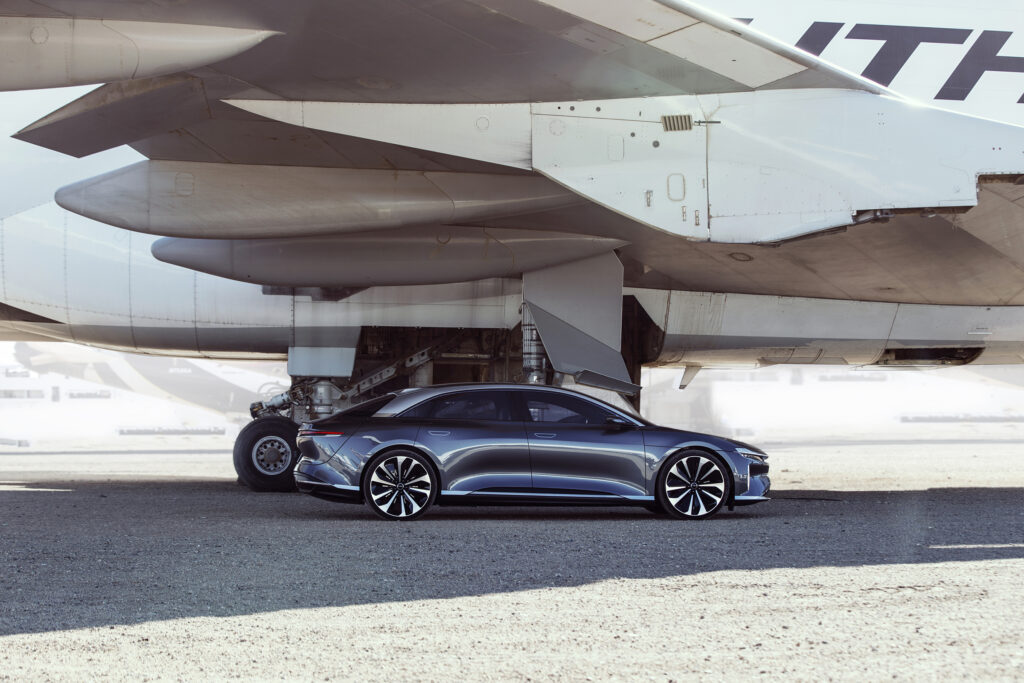
That means the Lucid Air could theoretically charge other Lucid Airs – an unlikely scenario given the premium positioning of the brand, which will likely mean low volumes. But it could also charge other electric cars.
The Lucid Air is claimed to be the world’s fastest charging electric vehicle, capable of accepting “over 300kW” of peak charge, which is double some of today’s fast charging EVs.
It can be specified with a battery pack as large as 113kWh.
EV charging networks such as Chargefox are rolling out ultra-rapid charging stations capable of supplying up to 350kW of power. They promise 80 percent charges in around 10 minutes.
However, rather than the wireless inductive charging of Samsung’s Powershare system – which allows some Samsung phones to charge other Qi wireless-enabled devices such as watches, earbuds or phones – V2V charging would initially require cables between the two vehicles.
That is mainly because current technology could not easily position the inductive charging pads close enough to enable cable-free charging.
The imminent ability to conduct vehicle-to-vehicle charging provides numerous possibilities, including allowing family or friends to provide electricity top-ups to each other.
V2V charging also allows the possibility for quick car-to-car top-ups if there is a charging station is in use and one of those queuing for electricity still has some charge to hand out.
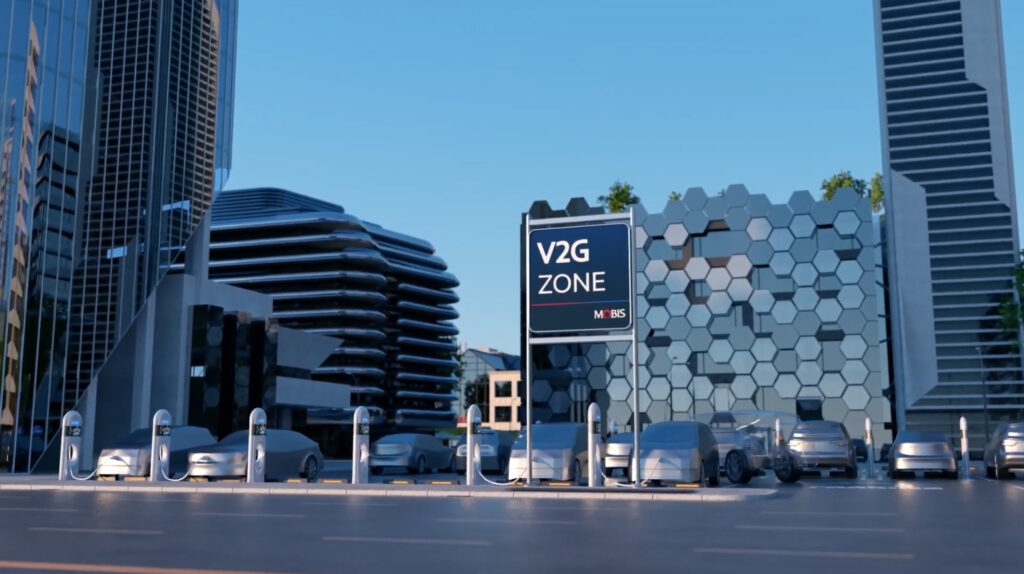
It could also open the door to electric cars providing electricity to other electric items, such as building equipment, camping gear, electric bikes or scooters.
V2V charging has been on the radar of car makers and EV infrastructure providers for at least five years.
Hyundai’s components division, Hyundai Mobis, has already developed vehicle-to-vehicle charging for the Kona Electric.
Mobis is also working on wireless V2V charging using planned autonomous functionality that would allow cars to travel very close on a freeway.
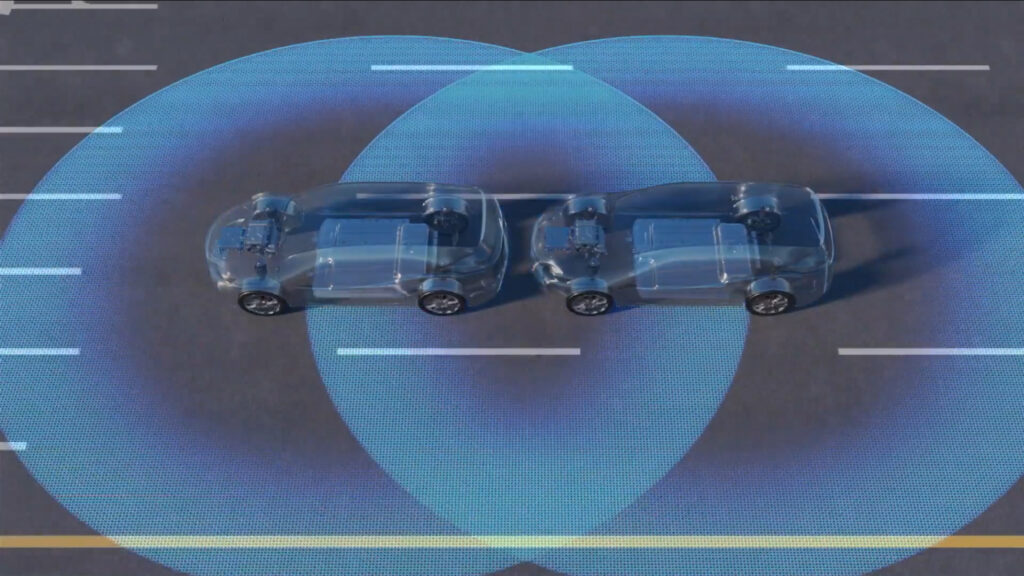
Australian Konas don’t currently have bi-directional charging capability but Hyundai Australia is investigating the possibilities.
It’s also the vehicle-to-grid charging – allowing the car to power a home – that has Hyundai Australia interested.
“There’s a 64kWh battery in the Kong – it’s a lot of capacity we’ve got sitting in that car,” says Scott Nargar, the manager of future mobility for Hyundai Australia. “There’s a great opportunity.”
However, like other brands Hyundai is waiting for bi-directional charging technology to be incorporated into the CCS Type 2 plugs that most brands selling electric cars in Australia are now utisiling.

Bi-directional charging is currently only available using a CHAdeMO plug, which few EVs or PHEVs use.
However, the Nissan Leaf (and upcoming Nissan Leaf e+) and Mitsubishi Outlander PHEV both have a CHAdeMO plug and the potential for V2G charging.
Nissan is also involved in a government-backed trial of V2G technology involving 51 Leafs in the Australian Capital Territory.
An Australian company, Rectifier Technologies, is also working on hardware to enable bi-directional charging on a wide range of EVs, including those with CCS plugs.

